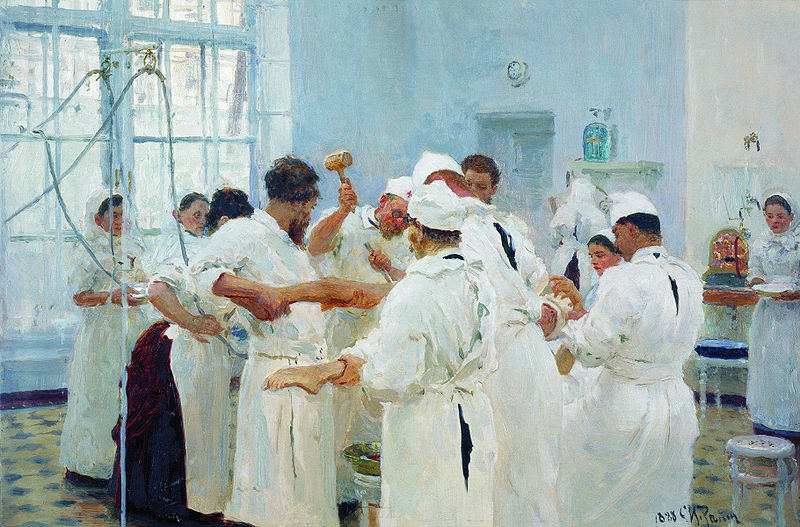From Jonah Lehrer’s smart new Wired interview with fellow neuroscientist Eric Kandel, a passage about the diffuse influence of 19th-century pathologist Carl von Rokitansky;
“Lehrer: One of the heroes in The Age of Insight is Carl von Rokitansky, the founder of the Second Vienna School of Medicine. You argue that he inspired, at least in part, the work of modernist artists such as Gustav Klimt, Oskar Kokoschka and Egon Schiele. How did he exert this influence?
Kandel: Rokitansky is the founder of what is now considered the second Vienna School of Medicine, which began around 1846. He was the head pathologist of the Vienna General Hospital, called the Allgemeines Krankenhaus, and then became Dean of the Medical School at the University of Vienna. Rokitansky contributed importantly – I would say, seminally – to the development of modern scientific medicine. He realized that when one examines the patient, one essentially relies on two pieces of information: the patient’s history, and an examination of the patient – listening to the heart and the chest with a stethoscope. But in the 1840s, one did not have any deep insight into what the sounds of the heart meant, for example. No one knew what we now know to be the difference between the sound of a normal valve opening and closing, and the sound of a diseased valve opening and closing. So what Rokitansky realized was that one needed to correlate what one sees of the patient at the bedside, with the examination of the patient’s body at autopsy. Fortunately, Vienna was an absolutely ideal place to do this.
The Vienna General Hospital had two rules that were unique in Europe. One is – every patient who died was autopsied, and two – all the autopsies were done by one person: Rokitansky, the head of Pathology. In other hospitals in Europe, the autopsy was done by whichever physician was is in charge of the patient. So Rokitansky had a huge amount of clinical material to work with. He collaborated with an outstanding clinician, Josef Skoda, who took very careful notes both of what the patient told him, and of what he found on physical examination, and he correlated that with Rokitansky’s autopsy. This allowed Skoda and Rokistansky to define what various heart sounds meant in normal physiology and in diseases of the valve. It also led Rokitansky to enunciate a major principle that had a huge influence – not only on medicine – but also on the cultural community at large, because Rokitansky was not simply a pathologist and Dean of the School of Medicine; he was elected to Parliament, became a spokesman of science, and had an enormous influence on popular culture. He said, ‘The truth is often hidden below the surface. One has to go deep below the skin to find it.’ This Rokitanskian principle had an enormous impact on Freud and on Schnitzler, who were students at the Vienna School of Medicine. In fact, Freud was a student in the last several years of Rokitansky’s Deanship. Rokitansky attended the first two scientific talks that Freud gave, and Freud attended Rokitansky’s funeral. He clearly had a significant impact on Freud’s thinking.” (Thanks Browser.)

